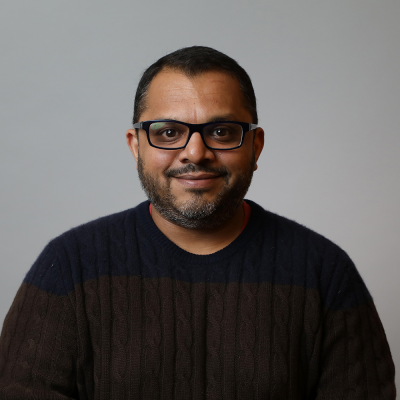Let's talk about palliative care
11 May 2012

This month’s Health Affairs contains a touching narrative by Amy Berman, a US health foundation executive who, with the help of a doctor that respected her goals, chose palliative care over aggressive treatment when diagnosed with terminal breast cancer.
Amy’s story resonates with me because some years ago a friend of mine was diagnosed with terminal cancer. I remember that he and his wife were always in and out of hospital and a few months before he passed away he was angry. He said to me ‘If I had known what this damn treatment would do to me, I never would have gone through with it’.
Unfortunately, many people do not understand what palliative care is, what its benefits are, and often simply confuse it for hospice care. Although the concept of palliative care is not new, doctors focus on trying to cure the patient, subconsciously overlooking what matters to the patient.
Diane Meier, in a complementary piece to Amy’s, proposes three options for overcoming the barriers to palliative care during serious illness: educating the public about palliative care; retraining physicians and revamping medical training; and making palliative care a key measure of quality.
But is education and retraining in isolation enough? What stood out for me in both articles was the absence of the phrase ‘shared decision making’, although both do allude to it. Of course, decision making about one’s health is rarely going to be straightforward, none more so than the emotive and complex considerations that need to be addressed when faced with a terminal illness. Maybe then, just maybe, if from an early age it was the norm that we shared in decisions about our health, it could better prepare us for when we are seriously ill.
The evidence for shared decision making in end-of-life care shows that there is a strong link between shared decision making and having a ‘good death’. But while most people want to participate in end-of-life decisions to some extent, the majority do not achieve their preferred levels of involvement because decisions are delayed and alternative treatment options are seldom discussed.
On the ground there are some excellent examples of embedding systematic approaches for managing the care of NHS patients that face an uncertain recovery. One is the AMBER care bundle, developed at Guy's and St Thomas' NHS Foundation Trust, which aims to improve the quality of care of patients who are at risk of dying in the next one to two months. Hospitals that have used the AMBER care bundle have found that it results in:
- improved decision making
- patients being treated with greater dignity and respect
- greater clarity around preferences and plans about how these can be met.
Whilst the benefits of shared decision making in end-of-life care are rooted firmly to quality of life aspects, we should not overlook the fact that end-of-life care is also measured in billions of pounds. Recent studies show that fully informed patients nearing the end of their lives are less likely to choose aggressive care when they understand what they can realistically expect, and they rarely end up in intensive care units or on ventilators. Could it really be that something as simple as sharing and respecting decisions means that people can experience a better quality of life, yet at the same time use fewer scarce healthcare resources?
Amy is almost two years into her terminal diagnosis and ends her narrative by saying ‘So far the disease seems to be held at bay by one small yellow pill each night, some extra vitamins and minerals, and a monthly infusion to stave off problems like spontaneous fractures because of the cancer eating at my spine. No treatment will work forever, though. I know that. But however my story evolves – then ends – I’m at peace. And I’m living just the way I want to’.
I wish I had known about Amy’s story when my friend was first diagnosed with his serious illness; he clearly had no idea about the care options available to him. I can’t say for sure whether or not my friend would have followed a similar path to Amy’s, but I do know that he would have wanted the conversation about it.
Darshan is a Research and Development Manager at the Health Foundation.
Work with us
We look for talented and passionate individuals as everyone at the Health Foundation has an important role to play.
View current vacanciesThe Q community
Q is an initiative connecting people with improvement expertise across the UK.
Find out more

